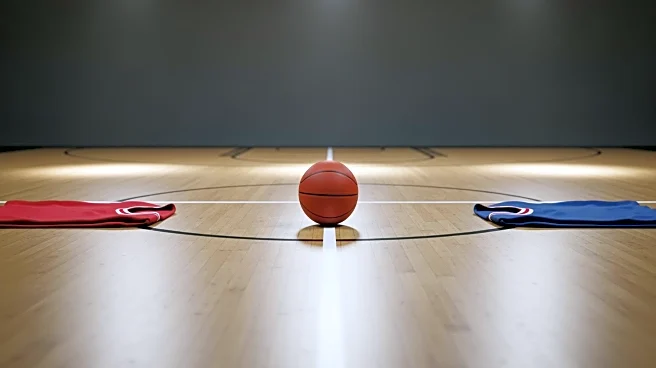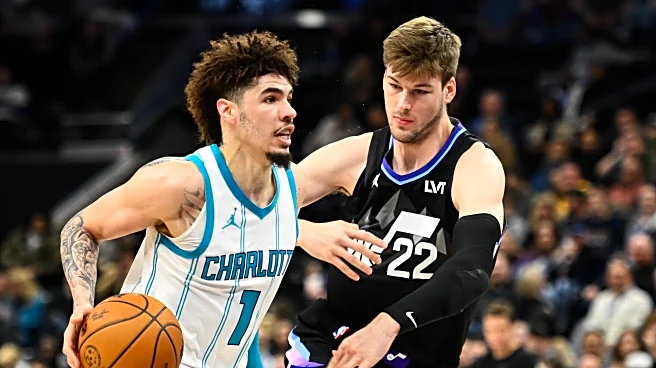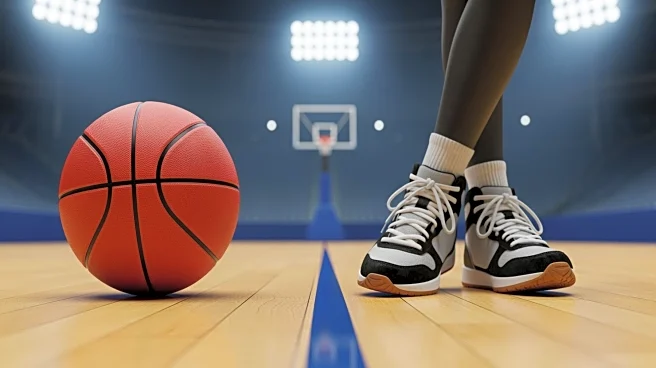What's Happening?
The Los Angeles Lakers, known for their strategic trades, are facing a setback as their top trade target, Walker Kessler, undergoes season-ending shoulder surgery. Kessler, a center for the Utah Jazz,
was expected to be a key acquisition for the Lakers, especially after failing to secure a rookie-scale contract extension with the Jazz. This development leaves Kessler open to restricted free agency next summer. The Lakers had hoped to capitalize on this situation, potentially acquiring Kessler at a reduced cost. However, with Kessler's injury, the Lakers must now explore other options to strengthen their roster, particularly in the center position.
Why It's Important?
This situation is significant for the Lakers as they navigate the complexities of team building and maintaining competitiveness in the NBA. Kessler's injury disrupts their plans to bolster their lineup with a promising player who could have provided substantial defensive and rebounding support. The Lakers must now reassess their strategy and identify alternative players who can fill the void left by Kessler's absence. This could impact their performance in the current season and influence their long-term planning, as they aim to remain contenders in the league.
What's Next?
With Kessler unavailable, the Lakers will need to shift their focus to other potential trade targets or free agents to fill the center position. This may involve negotiating with other teams or exploring the free-agent market for viable options. The Lakers' management will likely prioritize finding a player who can complement their existing roster and contribute to their overall strategy. The team's ability to adapt to this unexpected change will be crucial in maintaining their competitive edge.
Beyond the Headlines
Kessler's injury highlights the unpredictable nature of sports trades and the importance of contingency planning for teams. The Lakers' situation underscores the need for flexibility and adaptability in team management, as unforeseen events can significantly alter strategic plans. This development may also prompt discussions about player health and the impact of injuries on career trajectories and team dynamics.












